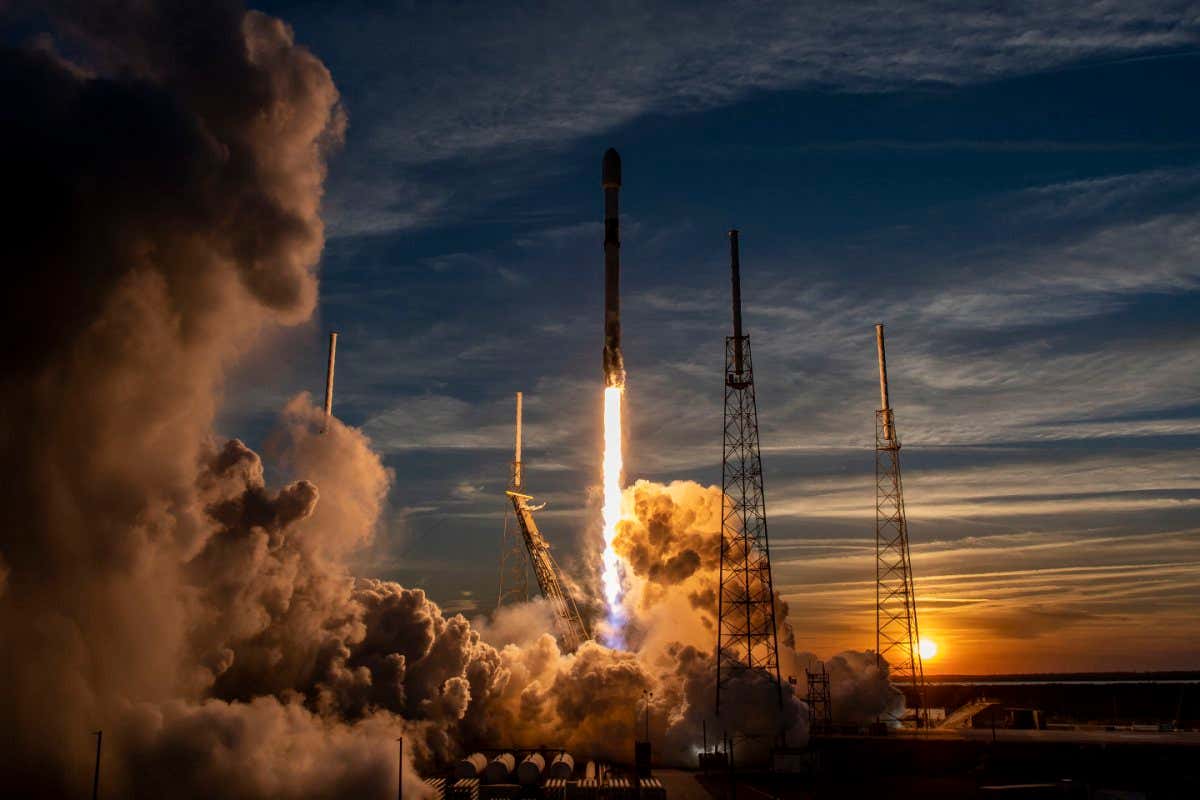Starlink V2: SpaceX Boosts Internet Coverage with Giant Satellites and Laser Links
SpaceX is revolutionizing global internet access with its ambitious Starlink V2 project. This isn't just an incremental upgrade; it's a leap forward, promising significantly faster speeds, higher capacity, and dramatically improved coverage, especially in underserved areas. Forget buffering – Starlink V2 aims to deliver a seamless, high-bandwidth internet experience to even the most remote locations.
Larger Satellites, Broader Reach
The core of Starlink V2's improved performance lies in its significantly larger satellites. These behemoths are far more powerful than their predecessors, equipped with advanced technologies capable of beaming down significantly more data. This increased capacity directly translates to faster download and upload speeds, lower latency, and the ability to support a vastly greater number of users simultaneously. This means less congestion and a more reliable connection for everyone on the network.
- Increased Data Throughput: Expect substantial improvements in download and upload speeds, making Starlink V2 ideal for bandwidth-intensive activities like streaming 4K video, online gaming, and video conferencing.
- Enhanced Coverage: The larger satellites and their more powerful transmitters extend Starlink's reach into previously inaccessible areas, bridging the digital divide and connecting communities currently lacking reliable internet access.
- Improved Resilience: The increased number of satellites in the constellation provides greater redundancy, making the network more resilient to outages and ensuring consistent connectivity.
Laser Links: The Key to Inter-Satellite Communication
One of the most innovative aspects of Starlink V2 is the implementation of laser links between satellites. This technology allows for data to be transmitted directly between satellites in space, bypassing the need for ground stations in many cases. This dramatically reduces latency, improves network efficiency, and expands coverage even further. Think of it as a high-speed data highway in the sky, connecting users around the globe with minimal delay.
- Reduced Latency: Laser links significantly decrease the time it takes for data to travel between satellites, resulting in a smoother, more responsive internet experience.
- Increased Capacity: The efficient data transfer via laser links allows the entire network to handle exponentially more traffic without compromising speed or reliability.
- Global Reach Enhancement: This inter-satellite communication network is crucial for expanding Starlink’s coverage to even the most remote corners of the planet.
The Future of Global Connectivity
Starlink V2 represents a monumental step towards universal internet access. SpaceX's ambitious goals are pushing the boundaries of satellite technology, promising a future where reliable, high-speed internet is available to everyone, regardless of their location. The implications are far-reaching, impacting everything from education and healthcare to economic development and global communication. While the full rollout is still underway, the early successes of Starlink V2 indicate a brighter, more connected future is on the horizon.
What's Next for Starlink?
SpaceX continues to innovate and improve the Starlink network. Future iterations may include even larger satellites, further advancements in laser link technology, and potentially even the integration of other communication technologies to create an even more robust and resilient global internet infrastructure. Keep an eye on SpaceX's developments for more updates on this game-changing technology.
Call to Action: Learn more about Starlink's latest advancements and check availability in your region by visiting the official SpaceX Starlink website. (Note: Replace this with the actual link).

